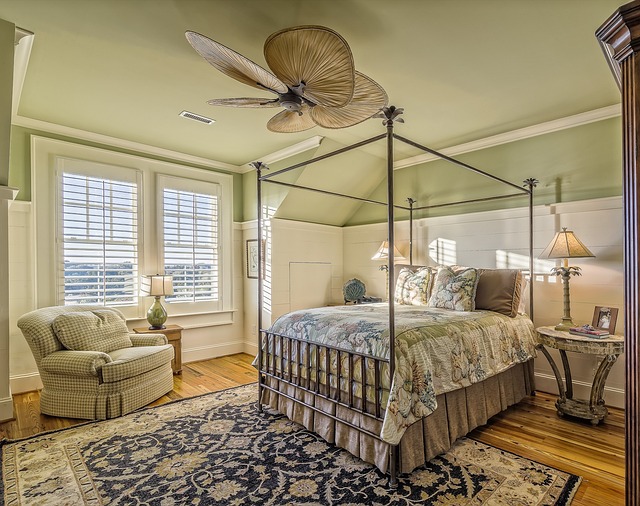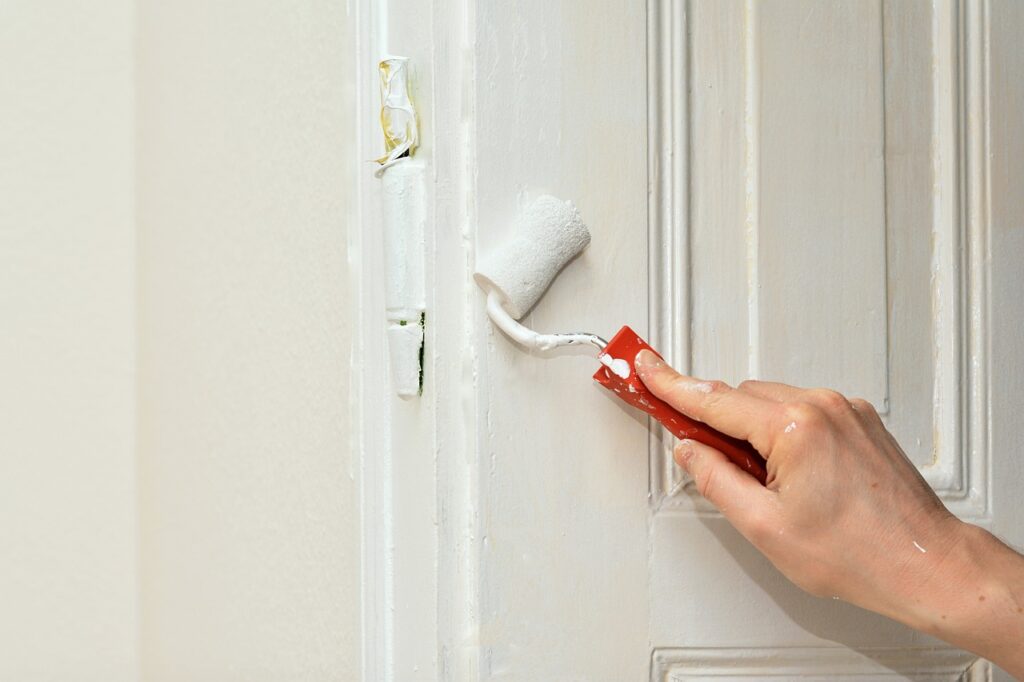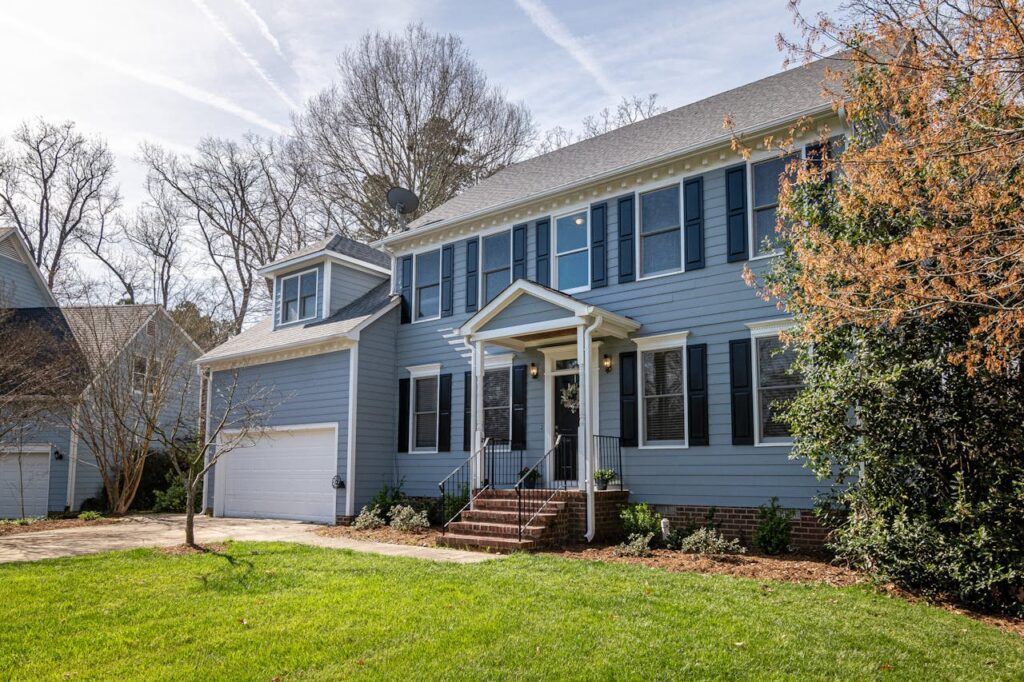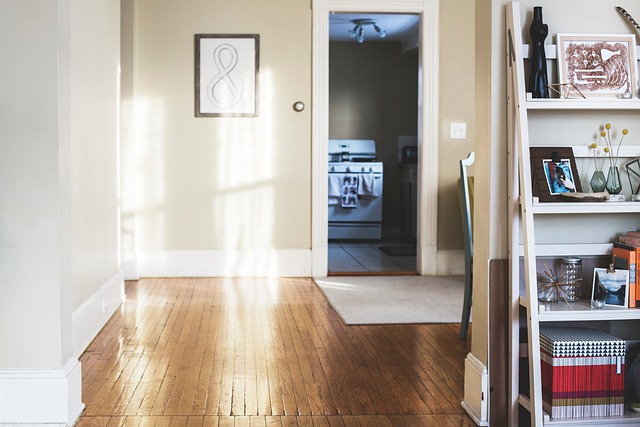Did you know that steel framing, heavy gauge metal studs, can be up to 30% lighter than wood framing? When deciding between wood and steel, the ideal framing material for your construction project, the choice of lumber or metal framing can significantly impact the building’s durability, cost, and environmental footprint. While wood is a traditional and cost-effective option, steel, used in residential construction, offers strength and resistance against pests and fire. Understanding the differences between these two materials is crucial for making an informed decision that aligns with your project goals. In this post, we will explore the key factors to consider when choosing between wood and steel framing, helping you make the best choice for your construction needs.
Comparing Wood and Steel Framing
Material Properties
Wood framing is known for its traditional use in construction, offering a natural, renewable resource that is easy to work with. On the other hand, steel framing provides durability and strength due to its metal composition, making it resistant to rot, pests, and fire.
Construction Flexibility
Steel frames are lightweight and allow for longer spans, reducing the need for support columns compared to wood structures. In contrast, wood framing structures are versatile and can be easily modified on-site during construction, providing flexibility in design changes.
Safety and Security
When considering steel versus wood framing, steel buildings with metal studs have an advantage in terms of safety as they are less susceptible to damage from natural disasters like earthquakes and hurricanes. However, wood studs offer better insulation properties against temperature fluctuations and sound transmission within residential buildings.
Durability and Lifespan
Environmental Resistance
Steel framing pros include exceptional durability against environmental factors like moisture, humidity, and temperature variations. This resilience makes steel less prone to warping or bending over time. On the other hand, wood framing is susceptible to moisture, leading to mold, rot, and decay.
Wood framing’s vulnerability to pests such as termites can significantly impact its lifespan compared to steel. Termites and other insects can cause structural damage to wood framing, compromising the integrity of a building. In contrast, steel framing is impervious to pests, ensuring long-term stability.
Lifespan Impact
The choice between wood and steel framing materials can have a profound impact on the lifespan of a building. Steel framing’s longevity surpasses that of wood due to its resistance to common issues like rotting, warping, and pest infestations. This durability ensures that buildings constructed with steel framing maintain their structural integrity for decades.
Pros of Steel Framing:
- Exceptional durability against environmental factors
- Resilience to warping or bending over time
- Immunity to pests like termites
Cons of Wood Framing:
- Susceptibility to moisture-related issues
- Prone to mold, rot, and decay
- Vulnerability to pest infestations
Longevity Considerations
When considering the lifespan of a building, it is crucial to weigh the advantages and disadvantages of both wood and steel framing materials. While wood may offer a more traditional aesthetic appeal, steel provides unmatched durability and longevity. The maintenance requirements for steel are typically lower than those for wood, reducing long-term costs associated with upkeep.
Structural Integrity
Strength Analysis
Cold-formed steel demonstrates superior strength compared to timber framing, wood studs, and wood structures under various loads. Steel’s high tensile strength allows for thinner, lighter frames that can withstand heavy loads without warping or bending. In contrast, wood structures like timber may struggle to maintain its structural integrity under similar stress levels.
Minimized Structural Movement
Steel framing minimizes structural movement over time due to its inherent stability and rigidity. Unlike timber, steel does not warp, twist, or shrink with changes in temperature or humidity. This stability ensures that the building maintains its structural integrity over the long term.
Implications on Safety and Longevity
Enhanced structural integrity directly correlates with increased safety and longevity of residential structures. Buildings constructed with steel framing are less prone to structural failures, reducing the risk of collapses or damages during natural disasters. This durability ensures a safer living environment for occupants and lower maintenance costs over time.
Customization Options
Design Flexibility
Steel framing offers extensive customization options due to its malleability and strength, allowing architects and builders to create unique and intricate designs. The cold-formed steel’s ability to be bent and shaped easily enables the realization of complex architectural visions. This flexibility results in buildings with innovative shapes and structures that stand out in the urban landscape.
Architectural Creativity
Steel framing provides architects with a wide range of possibilities for creativity in design. Its strength-to-weight ratio allows for longer spans and higher ceilings, creating open, airy spaces that are not easily achievable with traditional wood framing. The use of steel also enables the incorporation of large windows and expansive glass facades, enhancing natural light and views within a building.
Limitations of Wood Framing
When it comes to customization, wood framing has inherent limitations due to the material’s natural properties. Wood is more susceptible to warping, shrinking, and expansion with changes in humidity and temperature, which can restrict design options. Unlike steel, wood may not support as much weight over long spans, limiting the possibilities for open floor plans or grand architectural features.

Cost Analysis
Initial Costs
Wood framing typically has lower initial costs compared to steel framing. Wood materials are generally less expensive to purchase and install, making it a budget-friendly option for construction projects. On the other hand, steel framing involves higher material costs due to the price of steel itself and the specialized labor required for installation.
When considering customization options discussed earlier, wood framing allows for easier modifications and alterations, which can impact the initial costs positively. However, steel framing, despite its higher upfront expenses, offers greater structural strength and durability, potentially reducing the need for repairs and replacements in the long run.
Long-Term Financial Implications
Wood framing may require more frequent maintenance due to issues like rot, pests, and moisture damage. These maintenance tasks can add up over time, increasing the overall cost of ownership. In contrast, steel framing is resistant to common issues faced by wood structures, such as termite infestation and warping, leading to lower maintenance costs in the long term.
When looking at the lifespan of a building, steel framing’s durability can significantly reduce the need for repairs and replacements. This durability factor contributes to long-term cost savings by minimizing ongoing maintenance expenses associated with wood framing.
Energy Efficiency and Durability
In terms of energy efficiency, wood framing provides better insulation properties than steel. This enhanced insulation can lead to reduced heating and cooling costs over time, making it a more cost-effective option in regions with extreme climates. On the other hand, steel framing offers superior strength and resilience against natural disasters like earthquakes and hurricanes, potentially saving on repair costs in disaster-prone areas.
Considering these factors collectively, while wood framing may have lower initial costs and better customization options, steel framing proves to be a more cost-effective choice in the long run due to its durability and lower maintenance requirements.
Labor Costs
Weight Impact
Wood framing typically weighs less than steel, making it easier to handle and transport on-site. This lightweight characteristic can lead to increased labor efficiency during construction.
Steel framing, on the other hand, is heavier and may require more effort to handle. This weight difference can impact the speed and ease of installation, potentially affecting labor costs.
Offsite Production
Offsite production of framing components can significantly impact labor utilization. When materials are prefabricated off-site, it reduces the time spent cutting and assembling components on-site.
Prefabricated steel framing, in particular, offers the advantage of precise cuts and measurements. This can streamline the construction process, leading to quicker project timelines and reduced labor hours.
Assembly Ease
Steel framing is known for its ease of assembly due to its precise manufacturing process. This precision results in components that fit together seamlessly, reducing the need for on-site adjustments.
In contrast, wood framing may require more intricate assembly and adjustments during installation. These additional steps can prolong the construction process and potentially increase labor costs.
Insurance Costs
Steel Framing
Steel framing offers non-combustible properties, reducing the risk of fire damage and potential insurance claims. This characteristic often results in lower insurance premiums for structures built with steel frames.
Structures using steel framing are less prone to fire hazards, making them a preferred choice for insurance companies. The durability and strength of steel also contribute to reduced risks associated with structural damage.
Wood Framing
Wood framing, on the other hand, poses higher risks due to its combustible nature. Insurance companies may view wood-framed structures as more susceptible to fire damage, leading to increased insurance costs.
The flammability of wood framing materials can elevate the insurance premiums for buildings constructed with this material. Factors such as the proximity to other structures and fire-prone areas can further impact insurance rates.
Considerations for Choosing a Framing Material
When deciding between wood and steel framing, it is crucial to factor in the insurance implications of your choice. Opting for steel framing can not only provide structural benefits but also lead to cost savings through lower insurance premiums.
Sustainability Concerns
Environmental Impact
Wood framing is often considered more environmentally friendly than steel due to its renewable nature and lower carbon footprint. Harvesting wood sustainably can help maintain forests, while steel production involves significant energy consumption and emissions.
Steel, on the other hand, boasts high recyclability rates, making it a preferred choice for sustainable construction. Recycled steel retains its strength and quality, reducing the need for new raw materials and decreasing waste generation.
Toxic Chemicals
Wood framing requires treatment with preservatives to prevent decay and pest infestation, often involving toxic chemicals like arsenic and copper. These substances can leach into the environment over time, posing risks to both human health and ecosystems.
In contrast, steel framing does not require chemical treatments, eliminating the potential environmental hazards associated with wood. Steel’s durability also ensures longevity, reducing the frequency of replacements and further minimizing environmental impact.
Closing Thoughts
After weighing the pros and cons of wood and steel framing, you can now make an informed decision based on your specific needs and priorities. Consider factors like durability, customization options, costs, and sustainability to determine which material aligns best with your project requirements. Remember, the right choice will not only impact the construction process but also the long-term performance and maintenance of your structure.
As you move forward with your framing selection, ensure you consult with professionals in the field to get expert advice tailored to your situation. Your decision today will shape the future of your building, so take the time to evaluate all aspects carefully. By making a well-thought-out choice between wood and steel framing, you can set the foundation for a successful and sustainable construction project.
Elevate Your Home with Red White & Blue Construction!
Thinking about framing solutions for your house? Look no further! Embark on a transformative journey where your home in Lafayette, CA, becomes the sanctuary you’ve always dreamed of. With Red White & Blue Construction, every wall and corner is meticulously framed to ensure your house is as structurally sound as it is beautiful. Dive into advanced framing techniques that provide the perfect foundation for your home, or explore innovative designs that maximize space and enhance functionality. Our reputation in the Bay Area stands as a testament to our commitment, expertise, and the unparalleled standards we uphold. We’re more than just licensed contractors; we’re the architects of your dream home. With our transparent pricing and exceptional client engagement, you’re not just building; you’re reimagining, redefining, and revitalizing your space. Choose Red White & Blue Construction. Craft the next chapter of your home story. Frame Your Home with Excellence and reach out to us today!
Disclaimer
The materials available on this website are for informational and entertainment purposes only and not to provide advice. You should obtain advice concerning any particular issue or problem from a professional. You should not act or refrain from acting based on any content included in this site without seeking legal or other professional advice. The information presented on this website may not reflect the most current building developments. No action should be taken in reliance on the information on this website. We disclaim all liability concerning actions taken or not taken based on any or all of the contents of this site to the fullest extent permitted by law.





